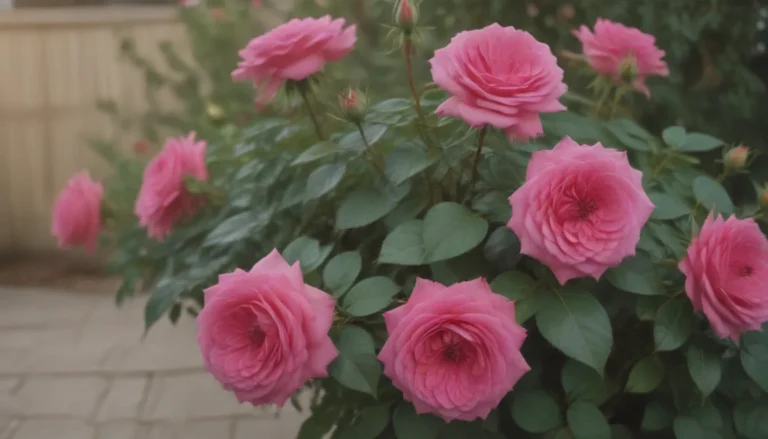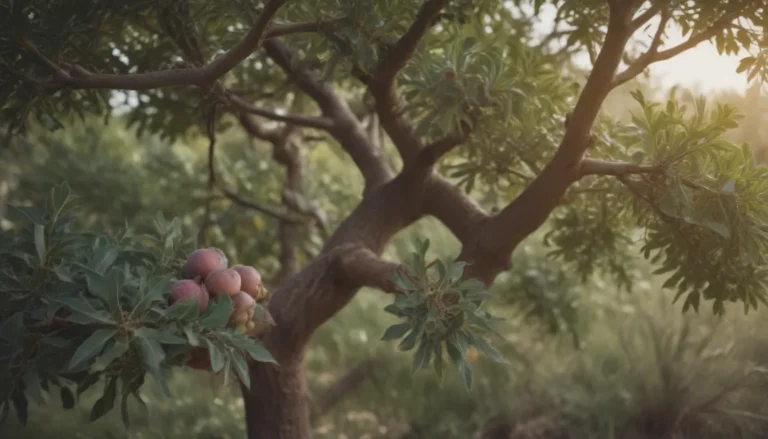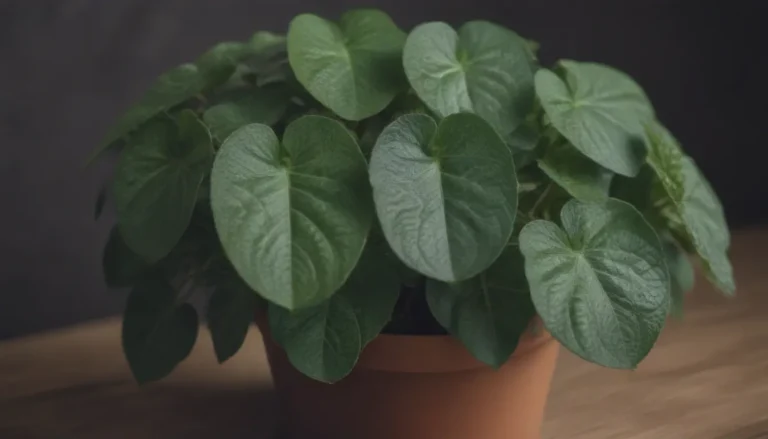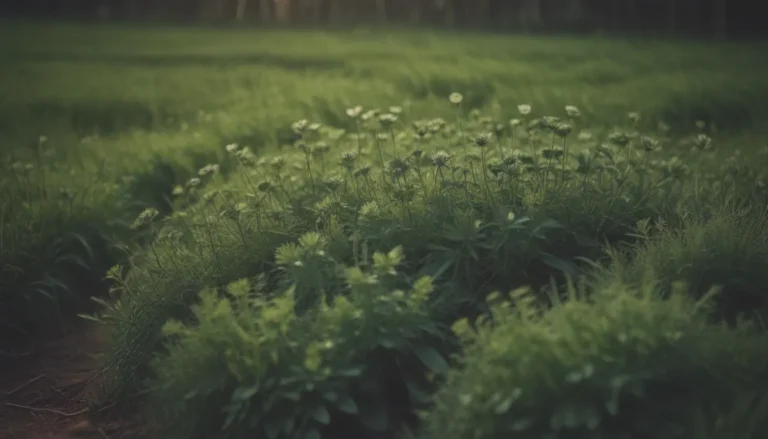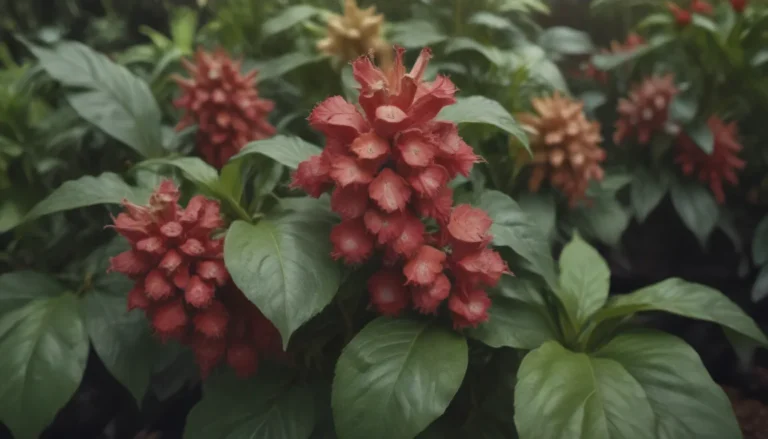Ultimate Guide: How to Grow and Care for the Polka Dot Plant
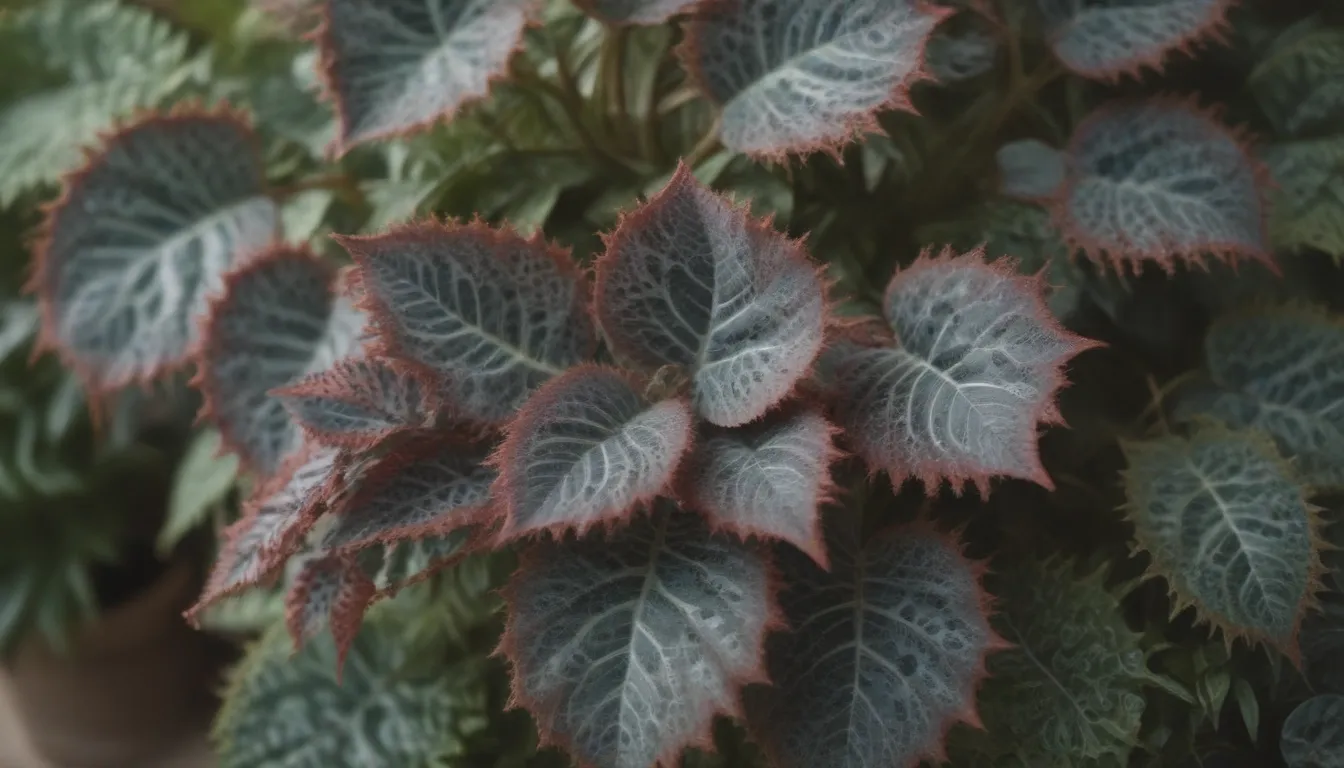
Are you looking to add a touch of whimsy to your indoor or outdoor garden? The Polka Dot Plant, also known as Hypoestes phyllostachya, might just be the perfect choice for you. With its brightly variegated leaves in shades of green, pink, purple, white, and red, this herbaceous warm-climate perennial is sure to catch the eye of any plant lover.
In this comprehensive guide, we will explore everything you need to know to successfully grow and care for the Polka Dot Plant. From light and soil requirements to watering tips and propagation techniques, we’ve got you covered. So grab your gardening gloves and let’s dive in!
Getting to Know the Polka Dot Plant
Before we get into the nitty-gritty of caring for the Polka Dot Plant, let’s take a moment to appreciate its unique qualities. Here are a few key points to keep in mind about this charming plant:
- The Polka Dot Plant is easy to grow with the proper conditions, making it a great choice for beginner gardeners.
- It has a moderate growth rate and remains relatively small once mature, especially when grown indoors as houseplants.
- While native to warm climates, many gardeners treat Polka Dot Plants as annuals when planted outdoors in cooler regions.
- Polka Dot Plants are not considered invasive in temperate climates, but they are considered invasive in some tropical areas, such as Australia and Hawaii.
Types of Polka Dot Plants
Different varieties of Hypoestes phyllostachya are bred for their leaf coloration, including:
- ‘Carmina’
- ‘Confetti’
- ‘Pink Brocade’
- ‘Splash’ series
Polka Dot Plant Care Tips
Light
When it comes to light requirements, Polka Dot Plants prefer bright, indirect light or partial shade. Here are a few tips to keep in mind:
- Outdoors, plant Polka Dot Plants in a location that receives some shade to prevent fading of the plant’s variegation.
- Indoors, place your plant near an east- or south-facing window to ensure it gets the right amount of light.
Soil
Proper soil conditions are crucial for the health of your Polka Dot Plant. Here’s what you need to know:
- Polka Dot Plants prefer soil rich in organic matter with good drainage.
- An all-purpose organic potting mix is typically suitable for these plants.
- Consider mixing in some pumice or perlite to improve soil drainage.
Water
Keeping your Polka Dot Plant properly hydrated is essential for its growth and vitality. Follow these watering tips:
- Water the plant when the top half-inch of soil has dried out.
- Cut back slightly on watering in the winter, then resume once you see new growth in the spring.
Temperature and Humidity
Maintaining the right temperature and humidity levels is key to ensuring your Polka Dot Plant thrives. Here’s what you need to know:
- Keep your plant in a warm place with at least 50 percent humidity.
- Polka Dot Plants prefer temperatures over 60 degrees Fahrenheit, so they’re only hardy in USDA growing zones 10 and 11.
Fertilizer
Proper fertilization is important for the overall health and growth of your Polka Dot Plant. Here are some fertilizing tips:
- Feed container plants with an organic fertilizer designed for houseplants once a month during the warm growing season.
- If planting in-ground, mix organic compost into the soil each spring before planting.
Pruning and Propagation
Pruning
Regular pruning is essential for promoting bushier growth and maintaining the shape of your Polka Dot Plant. Follow these tips for successful pruning:
- Cut or pinch back the top two leaves on each stem every week to encourage bushier growth.
- When the plant flowers, clip off the flower spike to prevent dormancy.
Propagating
You can easily propagate Polka Dot Plants from stem cuttings. Here’s how to do it:
- Take stem cuttings in spring or summer for the best results.
- Root the cuttings in water using a small glass or jar and clean, sharp pruners or scissors.
How to Grow Polka Dot Plant From Seed
If you’re interested in starting your Polka Dot Plant from seed, follow these steps:
- Sow seeds on the surface of warm, moist soil in early spring.
- Place the plant in a sunny location and wait for the seeds to sprout.
Potting and Overwintering
Potting
The best time to repot a Polka Dot Plant is in the spring after its winter dormant period. Here are some potting tips to keep in mind:
- Repot when your plant becomes root-bound, with roots growing out of the drainage holes.
- Choose a pot that is no more than two inches wider and deeper than the old pot.
Overwintering
If you’re growing Polka Dot Plants in containers outdoors, here’s how to overwinter them:
- Bring outdoor container plants indoors before night temperatures drop below 60 degrees Fahrenheit.
- Return them outdoors in the spring when temperatures are consistently above 60 degrees.
Common Pests and Diseases
Like any plant, Polka Dot Plants are susceptible to pests and diseases. Here are a few common issues to watch out for:
- Pests such as mealybugs, aphids, and whiteflies can affect Polka Dot Plants.
- Diseases like root rot, leaf-spot diseases, and powdery mildew are also common.
Troubleshooting Common Problems
If you encounter issues with your Polka Dot Plant, here are some common problems and their solutions:
- Leaves Losing Their Color: Adjust the light conditions to provide the right amount of brightness without causing fading.
- Leaves Turning Brown or Drooping: Check the plant’s watering and humidity levels, as well as its exposure to sunlight.
- Leaves Turning Yellow or Dropping Off: Reduce watering if you notice yellowing and ensure good soil drainage.
Wrapping Up
In conclusion, the Polka Dot Plant is a delightful addition to any garden, with its vibrant foliage and unique patterns. By following the care tips outlined in this guide, you can enjoy a healthy and thriving Polka Dot Plant in your indoor or outdoor space.
Remember, each plant is unique, so it’s essential to observe and adjust your care routine based on your plant’s specific needs. With a little patience and attention to detail, you’ll be rewarded with a beautiful Polka Dot Plant that brightens up your living space.
So put on your gardening gloves, grab your watering can, and start growing and caring for your very own Polka Dot Plant today! Happy gardening!
Sources:
